When the collagen tissue in the front part of your eye weakens, the cornea bulges to form a cone-shaped structure instead of the usual round shape. Such a warped cornea causes keratoconus with blurry vision. Corneal cross-linking surgery prevents progression of the corneal damage by strengthening the fibers in your eye, stabilizing your vision.. The two main approaches to performing corneal collagen cross-linking are "Epi-off" and "Epi-on", with "epi" referring to the corneal epithelium. The standard epi-off surgical approach involves removing 7-9 mm of epithelium with subsequent application of a riboflavin solution at regular interval (2-5 minutes) for 30 minutes, followed by 30.
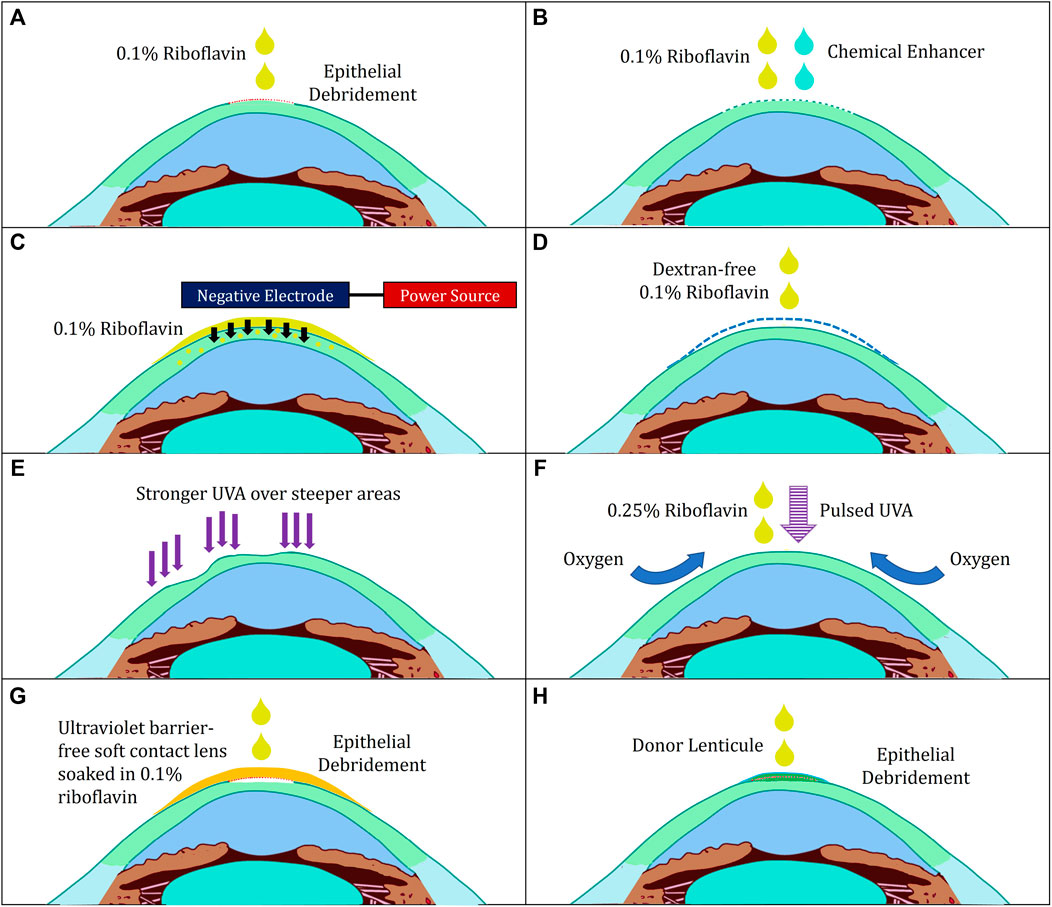
Frontiers Corneal CrossLinking The Evolution of Treatment for Corneal Diseases

Corneal Cross Linking
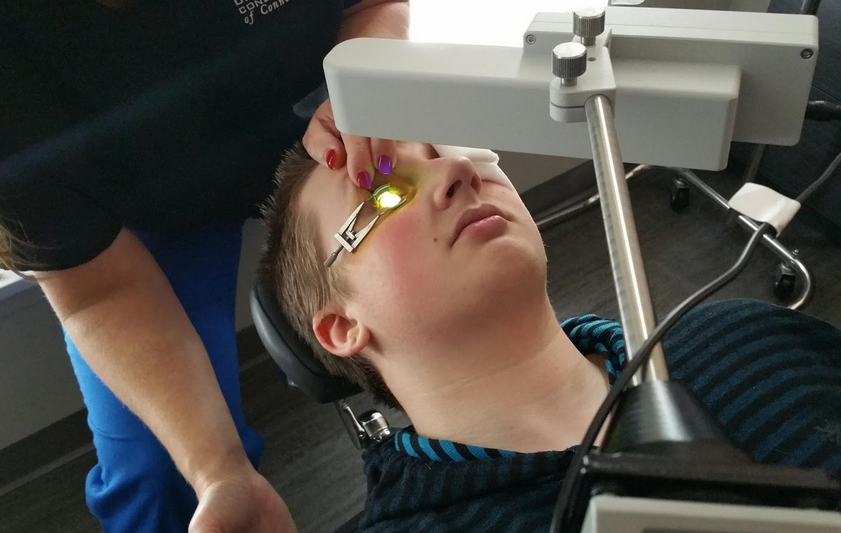
What You Need To Know Before Corneal Collagen Crosslinking Eyedolatry
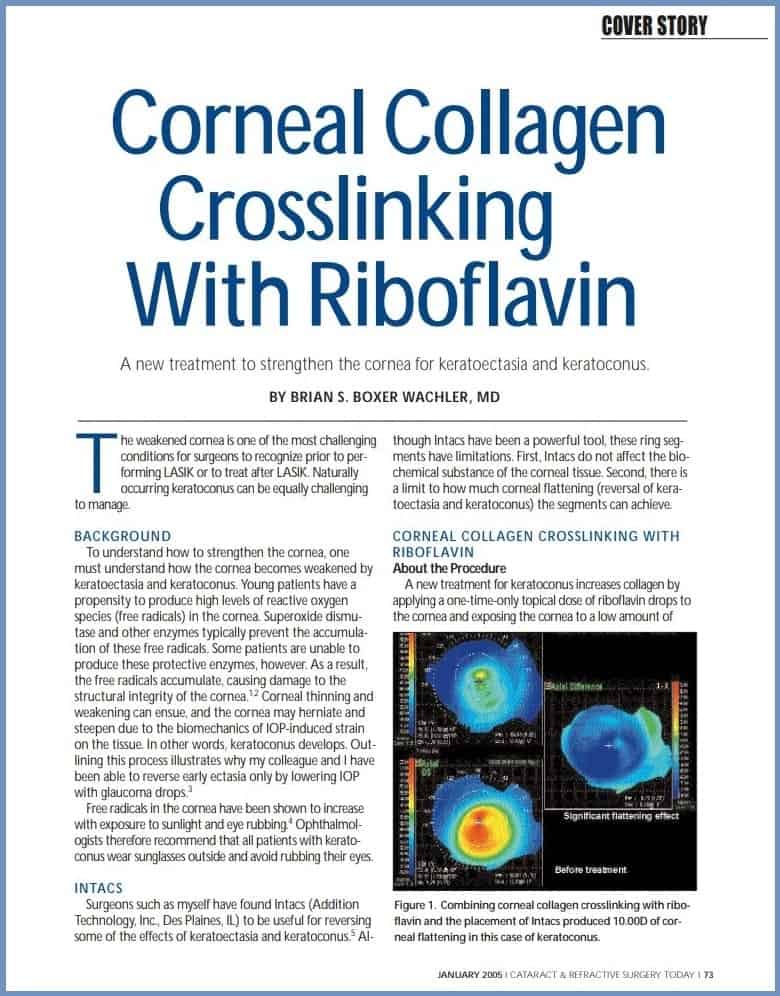
C3R Corneal CrossLinking CXL Los Angeles Keratoconus Treatment

Corneal Collagen CrossLinking and Femtosecond Laser in Refractive and Cataract Surgery Nova

cross linking Oftalmontt
![[PDF] Corneal collagen crosslinking (CXL) for the treatment of melting keratitis in cats and [PDF] Corneal collagen crosslinking (CXL) for the treatment of melting keratitis in cats and](https://d3i71xaburhd42.cloudfront.net/76810afc3e5ba494d32551b715ea77a8da1ce14e/6-Figure3-1.png)
[PDF] Corneal collagen crosslinking (CXL) for the treatment of melting keratitis in cats and
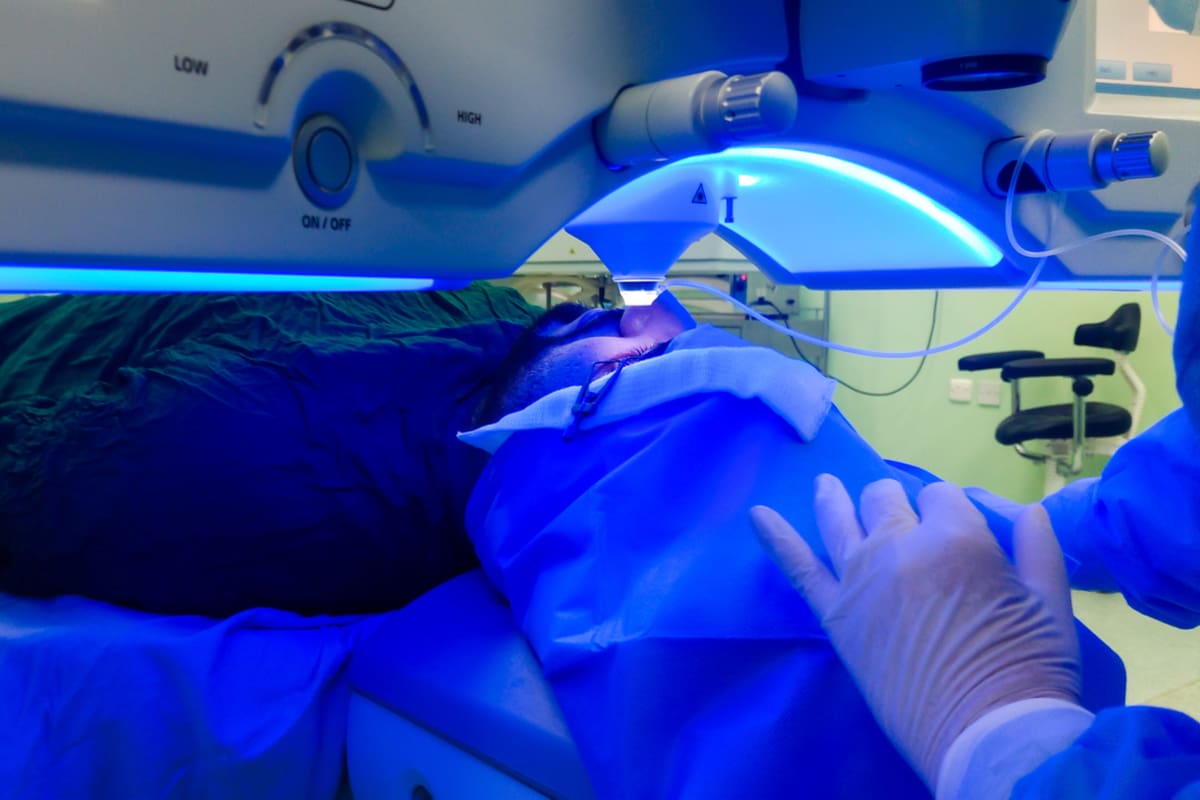
Corneal CrossLinking (CXL) Treatment for Keratoconus

Corneal Collagen Crosslinking for Keratoconus Keratoconus Group
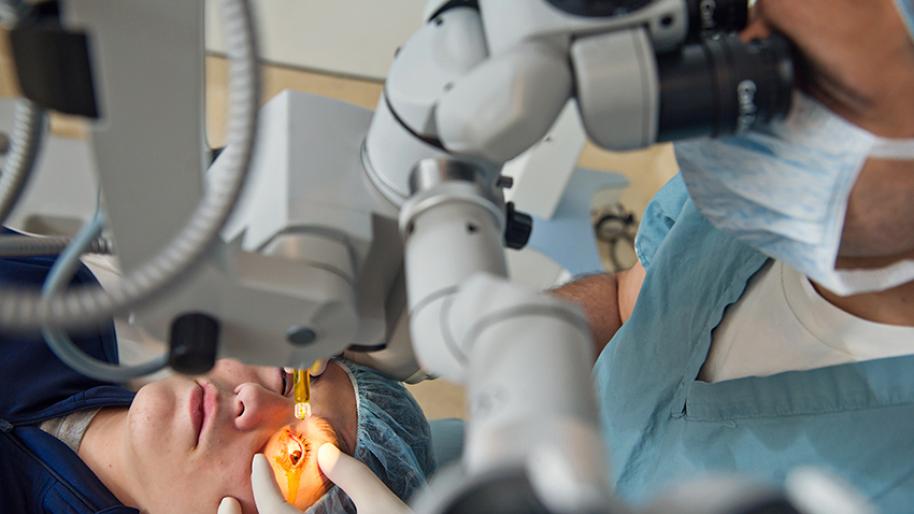
Corneal CrossLinking (Collagen CrossLinking) Kellogg Eye Center Michigan Medicine

Corneal scarring after corneal collagen crosslinking. Download Scientific Diagram
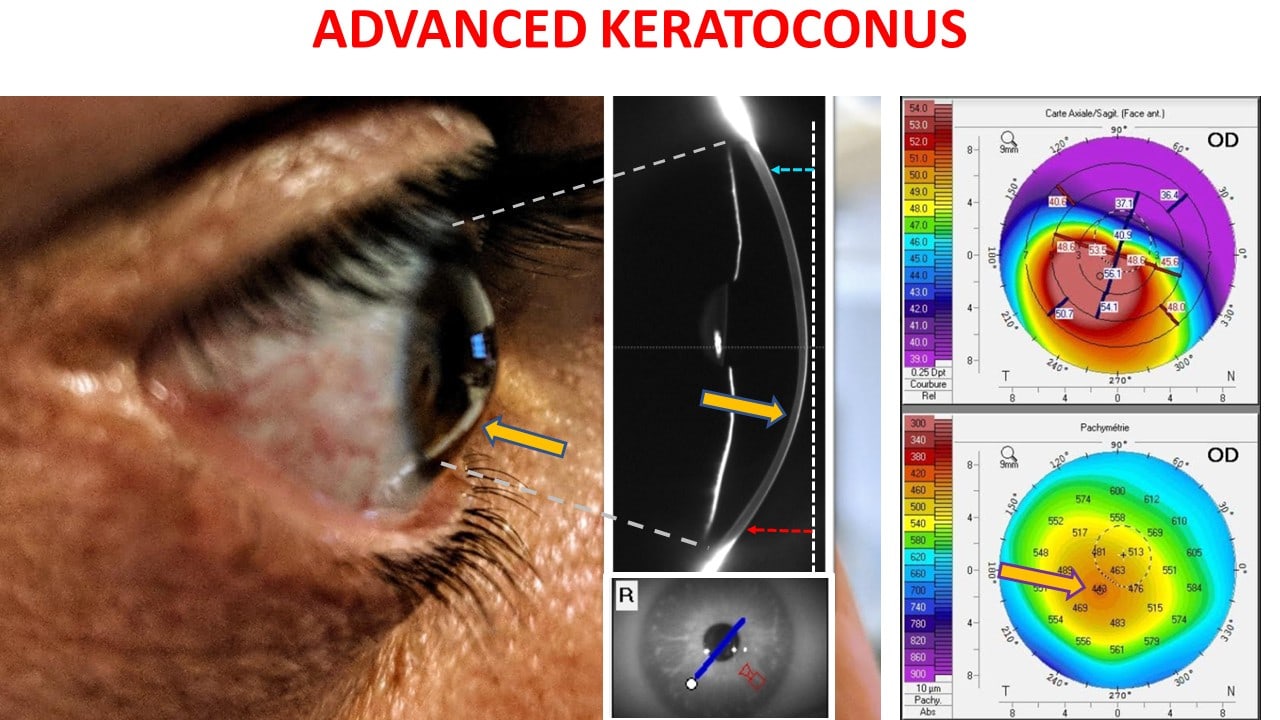
Corneal Cross Linking for Keratoconus Perth Laser Vision
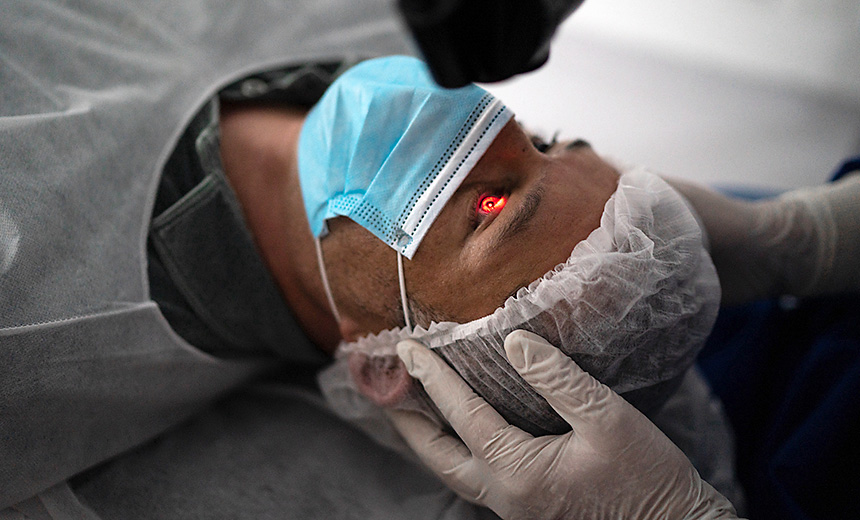
Corneal collagen crosslinking What it is, surgery & more
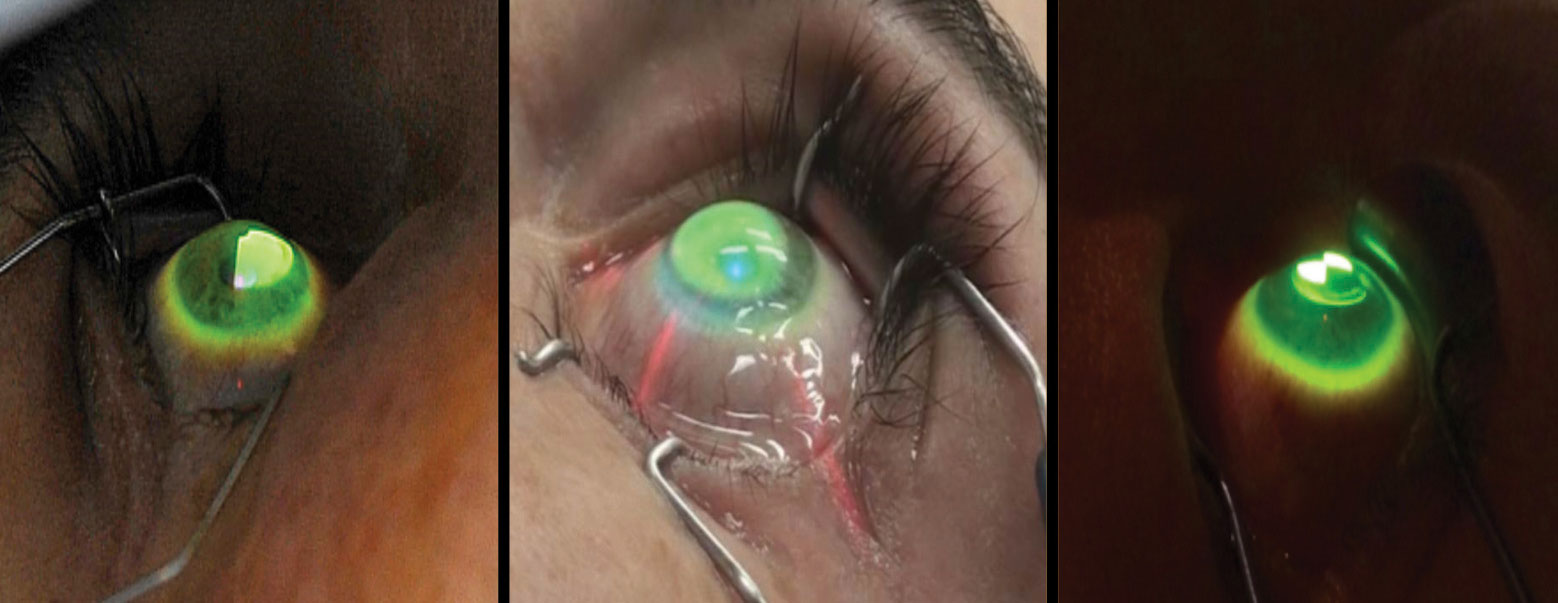
Navigating the Crosslinking Possibilities
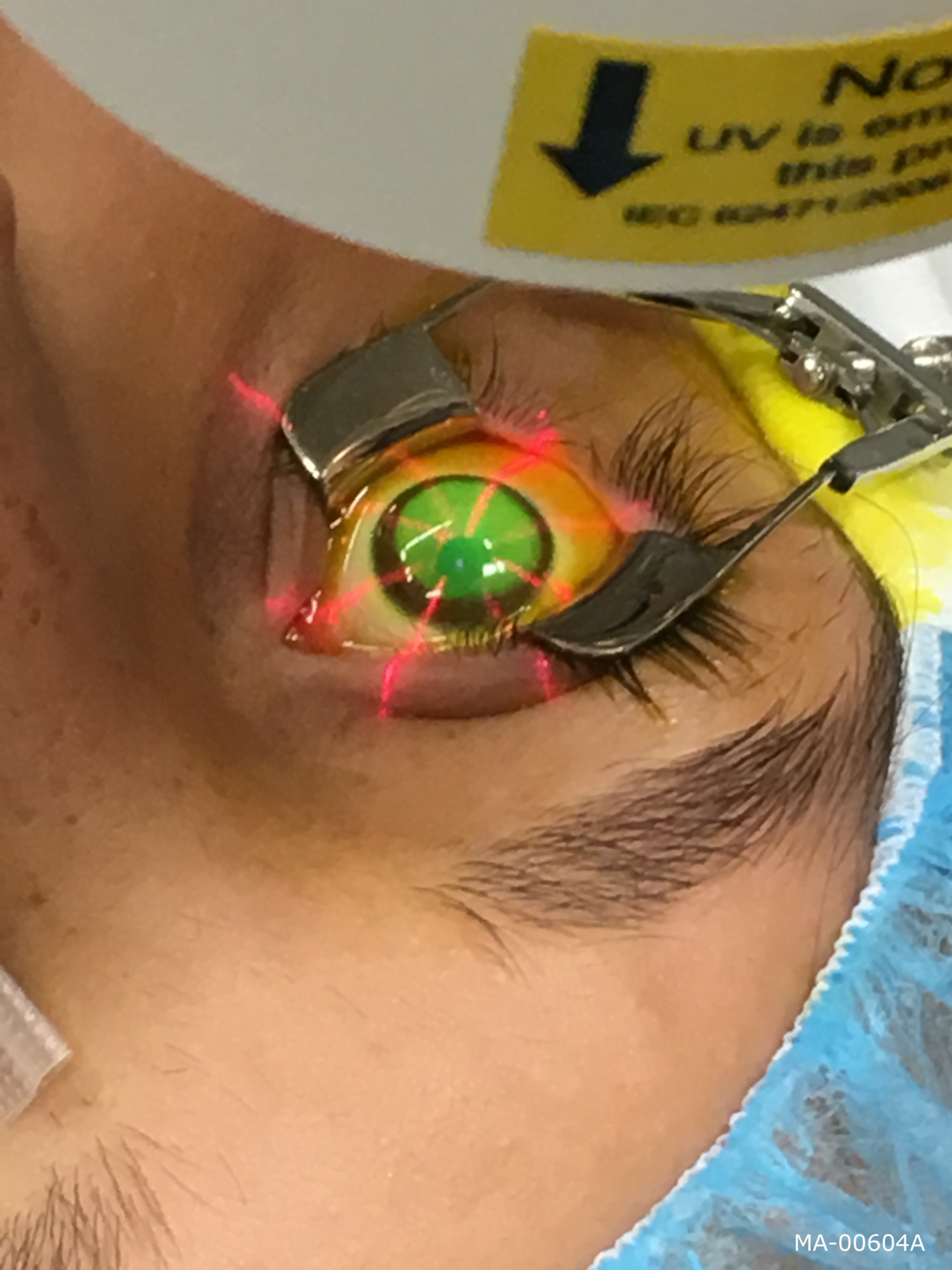
Keratoconus / Corneal ectasia Eye Care Center of Napa Valley

Collagen Crosslinking using Riboflavin and UVA exposure for Keratoconus or C3R treatment

Corneal Crosslinking Dr Venter Ophthalmologist Eye South Africa

Crosslinking the cornea (CXL) The ELZA Institute, Dietikon, Zurich
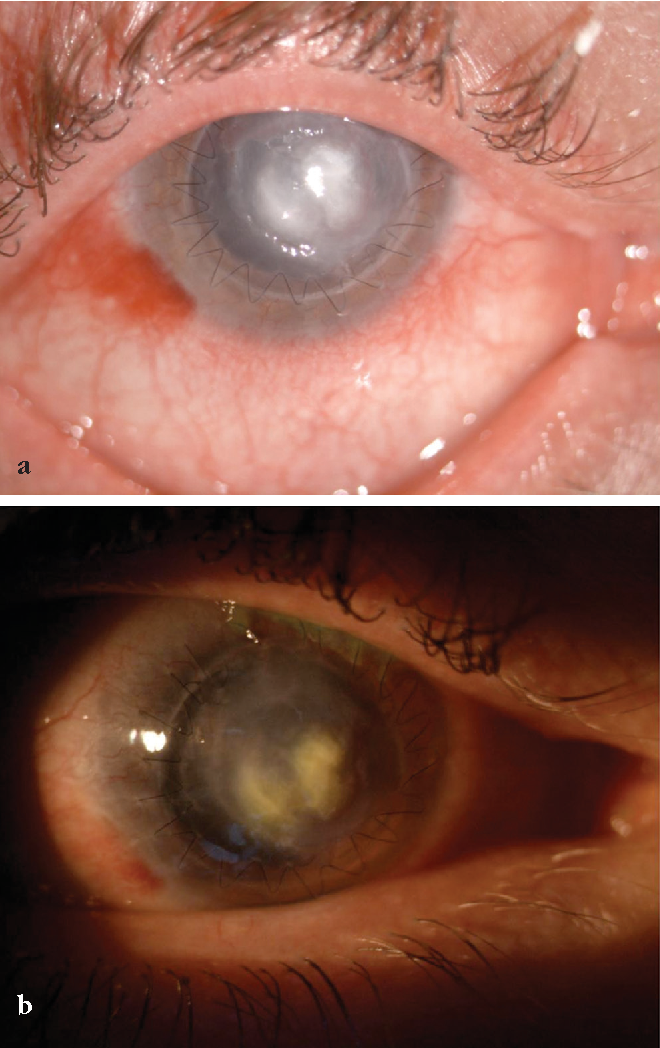
Figure 3 from Corneal Collagen Crosslinking Treatment in a Case with Pneumococcal Keratitis

Application of riboflavin drops during corneal cross linking procedure. Download Scientific
Corneal cross linking is a minimally invasive procedure that uses ultraviolet light and eye drops in order to strengthen the collagen fibers in the cornea. The procedure is used for patients with keratoconus, a condition in which the cornea grows thin and weak. During a corneal cross linking procedure, your doctor will first apply riboflavin.. Corneal Collagen Cross-Linking. New York Eye and Ear Infirmary of Mount Sinai (NYEE) is one of a few centers in the New York metropolitan area equipped to perform collagen cross-linking (CXL), a breakthrough technique for treating people with keratoconus and corneal ectasia following refractive surgery. Approved by the FDA in April 2016, CXL.